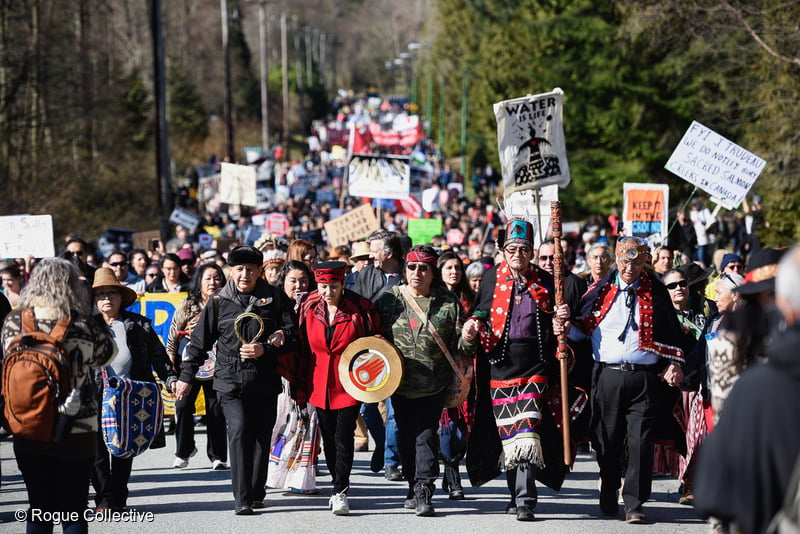Mexico city, August 31st, 2023 – A new report called “Investigation on the current status and threats to mesophotic reef ecosystems of the north and central coast of the state of Veracruz, aboard the Greenpeace ship Arctic Sunrise” was presented today, carried out by expert researchers in coral reef systems from Colectivo Interdisciplinario de Ciencia Aplicada y Derecho Ambiental (the Interdisciplinary Collective of Applied Science and Environmental Law, CICADA, acronym in Spanish) and Greenpeace Mexico.
Photographs and videos of the seabed’s rich biodiversity were obtained in the central and northern areas off the coast of the state of Veracruz. Cutting edge technology like a side-scan sonar, a remotely operated vehicle (ROV), and a two-person submersible (Nemo 2) were used during the investigation.
The report focuses on mesophotic reef ecosystems characterized by the presence of corals, algae, and organisms that can be found on the seafloor with little light penetration due to their depth.
Among the most important findings are:
- A total of 366 formations of high structural complexity were identified in the central zone of Veracruz, with a high probability that they could represent mesophotic reef ecosystems, between the depths of 50 and 80 meters, in the area of influence close to the Veracruz Reef System national park. These had not been previously reported or studied.
- At least 69 reef structures observed in the northern zone of Veracruz, which may be medium to large ones with hundreds of meters wide and long. The scans covered a total area of 10,044,221.6 square meters.
- The discovery that the Tamiahua-Marseillaise (Corazones) reef ecosystems, in the northern zone, have mesophotic reef ecosystems associated to around 40 meters deep. The mesophotic reef ecosystems at this site had not been previously reported and none of the structures is protected by the Lobos Tuxpan Reef System flora and fauna area.
- The documentation of 115 potential species. Due to the short time dedicated to sampling, it could be assumed that the diversity present in these ecosystems is underestimated.
Local organizations and experts make an urgent call to the Mexican authorities to protect mesophotic reef ecosystems off the coast of Veracruz. These areas provide environmental benefits including coastal erosion protection, climate change mitigation, and are a source of food and work for coastal communities.
Viridiana Lázaro, coordinator of the research aboard the Arctic Sunrise from Greenpeace Mexico said: “The research provides relevant information and unpublished findings that must be considered in the environmental impact assesment of megaprojects, such as Canadian TC Energy’s Southeast Extension marine gas pipeline, also known as Puerta al Sureste. Greenpeace Mexico believes that the pipeline proposed for the Gulf of Mexico will put Veracruz’s reefs at risk, creating negative environmental and social impacts over the communities in the area. We demand to stop its construction.”
The Puerta al Sureste project intends to build a pipeline that will pump gas from South Texas to Mexico. Canadian company TC Energy is responsible for its construction. The pipeline is expected to be operational in 2025. Megaprojects like this can have serious social and environmental impacts, including accidents, damage to reef ecosystems, and negative economic effects on communities that depend on fisheries, in addition to accelerating climate change and deepening energy dependence, anchoring Mexico to continue consuming U.S. gas for at least 40 more years. It is important to act now to stop it and protect the biodiversity of the Mexican oceans.
END
Press contacts:
Dana Olguín | Media and press coordinator | Greenpeace Mexico | +52 1 55 4084 5320 | [email protected]
Laura Bergamo | Head of Media | Greenpeace Canada | +1 438 928 5237 | [email protected]



